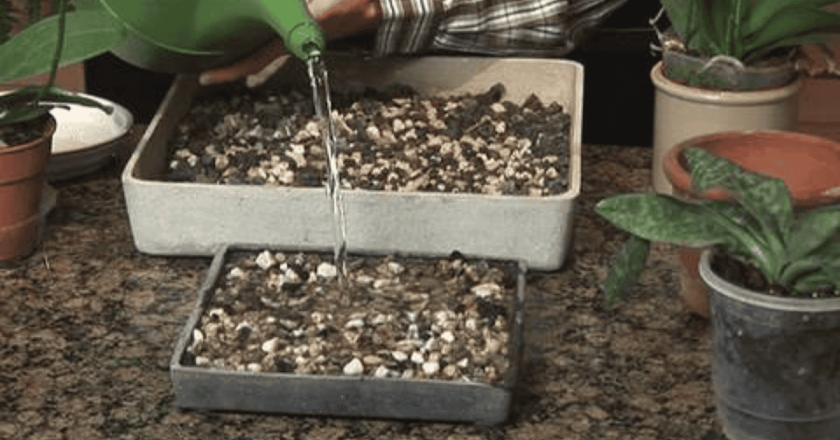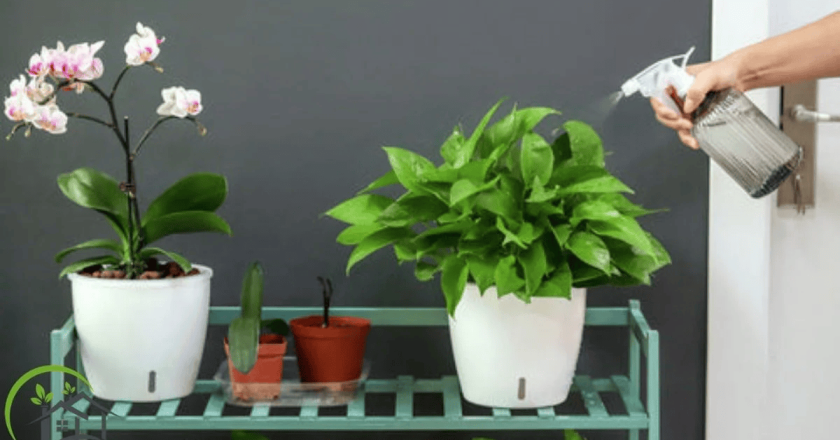Want a houseplant that’s pretty much indestructible, stylish, and actually helps clean your air?
Yeah, me too. Enter the snake plant – a true MVP of the plant world.
What Exactly Is a Snake Plant?
Okay, so first: the snake plant (also called Sansevieria trifasciata, or now Dracaena trifasciata) is a bit of a survivor. It’s those tall, pointy, sword-like leaves you’ve definitely seen before, probably at someone’s front door or tucked into a shady office corner.
You might also hear it called:
-
Mother-in-law’s tongue (yikes, but hilarious)
-
Saint George’s Sword
-
Lengua de suegra (Spanish)
-
Espada de San Jorge (Portuguese)
Depending on who you ask, it’s a symbol of protection, strength…or just a seriously good beginner plant. Maybe all three.
And don’t even get me started on the varieties: Sansevieria laurentii, Black Coral, Zeylanica… each has a slightly different vibe, but the same attitude: “I’m tough. I’m gorgeous. I don’t need much.”
Why Everyone’s Obsessed With Snake Plants
If you’re wondering whether to get one, honestly, it’s kind of a no-brainer.
Here’s why snake plants (aka mother-in-law’s tongue plants) are everywhere:
-
Air Purifier: Removes indoor toxins like benzene and formaldehyde. (Seriously, NASA said so.)
-
Low-Light Champion: Happy in shady spots most plants would cry in.
-
Oxygen Booster: Keeps pumping out oxygen even while you sleep.
-
Practically Immortal: Forgetful plant parent? It doesn’t mind.
-
Looks Sharp: Those upright leaves are modern art.
-
Snake Plant Benefits: It just feels good having one around.
One tiny warning though — it’s mildly toxic if eaten. So if you’ve got curious pets or toddlers, place it up high or rethink.
How to Care for a Snake Plant Like a Pro
Watering a Snake Plant (Spoiler: Less is More)
How often to water snake plant?
Here’s the rule I live by:
When in doubt, wait it out.
✅ Water about every 2-3 weeks, depending on your room’s temperature.
✅ Always let the soil dry out completely between watering.
✅ In winter? Once a month is plenty.
If you’re ever unsure, stick your finger 2 inches deep into the soil. Still moist? Wait a few more days.
👉 Overwatering = Snake Plant Death.
(Seriously, it’s the #1 way people accidentally kill this “unkillable” plant.)
Light Requirements for Snake Plants
“Do snake plants need light?”
Short answer: Yes… but not much.
✅ Best: Bright, indirect sunlight (like near an east-facing window).
✅ Okay: Low-light rooms, fluorescent lights, shady corners.
✅ Bad: Blazing direct sun, which can burn those pretty leaves.
It’s one of the best low light indoor plants — so perfect for bedrooms, offices, or that gloomy corner you gave up on.
Ideal Temperature and Humidity

Snake plants like it cozy, but they’re not divas.
-
Temperature: 15°C to 29°C (59°F to 85°F)
-
Below 10°C (50°F)? They’ll struggle.
-
Humidity: They’re totally fine with normal indoor air. (Skip misting unless your air is desert-dry.)
The Best Soil for Snake Plants

Not to be dramatic… but if you plant them in the wrong soil, they will resent you.
✅ Use well-draining cactus or succulent mix.
✅ Mix in some perlite or pumice if you want bonus points.
✅ Always pick pots with drainage holes.
Snake plant soil should feel gritty, not heavy. If it stays wet for days, that’s a red flag.
Feeding Your Snake Plant
Good news? They’re cheap dates.
Feed snake plants only once a month in spring and summer — a diluted, balanced houseplant fertilizer works perfectly.
Winter? Skip feeding altogether. Let them rest.
How to Repot a Snake Plant
✅ Repot every 2-3 years (or when roots bust out the bottom).
When you repot:
-
Gently shake the plant free.
-
Trim any mushy roots.
-
Replant into a slightly bigger pot (1-2 inches wider).
-
Water lightly and don’t freak out if it looks sad for a few days.
Tip: This is the best time to divide the plant if you want baby snake plants!
Do Snake Plants Flower?
Weirdly… yes!
Under a little stress, or sometimes just with age, a snake plant might send up a stalk of tiny, sweet-smelling white flowers.
It’s rare, but it’s magical when it happens.
(Although if you’re aiming for flowers… maybe rethink, because they prefer to be left alone.)
How to Prune and Propagate Snake Plants
Pruning?
Use sharp scissors to cut dead or damaged leaves at the base.
Propagating?
You’ve got options:
-
Leaf cuttings in water
-
Leaf cuttings in soil
-
Rhizome division during repotting
Honestly, propagation feels like plant magic. A single leaf can grow a whole new plant. Pretty cool, right?
Snake Plant Problems (and How to Fix Them)
| Problem | Cause | Solution |
|---|---|---|
| Brown leaf tips | Dry air or too much fertilizer | Trim tips, water carefully |
| Yellow leaves | Overwatering | Dry soil out, repot if needed |
| Drooping leaves | Root rot or cold shock | Warm up and reduce watering |
| No growth | Too little light | Move to a brighter spot |
Important: Snake plants hate sitting in wet soil. Like… really hate it.
Where to Buy a Snake Plant
You can grab a snake plant near me from:
-
Home Depot
-
Walmart
-
Local plant shops or nurseries
Whether you want a tall snake plant for your living room or a mini snake plant for your desk, there’s an option.
FAQs About Snake Plants
Q: How often should I water a snake plant?
A: Every 2–3 weeks. Less in winter.
Q: Does a snake plant need sunlight?
A: It loves bright, indirect light, but will survive low-light too.
Q: Can a snake plant live outdoors?
A: Yes — but only in warm zones (9–11). Frost will kill it.
Q: Is a snake plant a succulent?
A: Yep! It stores water just like other succulents.
Q: How big can snake plants get?
A: Some can hit 4 feet tall indoors — even taller outside!
Bonus Tip: How to Clean Snake Plant Leaves
Just take a damp cloth and gently wipe the dust off.
No oils, no fancy sprays.
(They need to “breathe” through their leaves, and oily stuff clogs them.)
Final Thoughts
The snake plant is honestly one of the easiest, most forgiving indoor plants you’ll ever meet.
It looks sleek. It purifies your air. It doesn’t judge if you forget about it for a week or two.
Whether you’re a total plant newbie or just want something low-maintenance and sculptural, a snake plant (or a few!) will quietly transform your space.
Water sparingly. Give it some light. Maybe whisper a compliment now and then.
(Just kidding. Kind of.)




